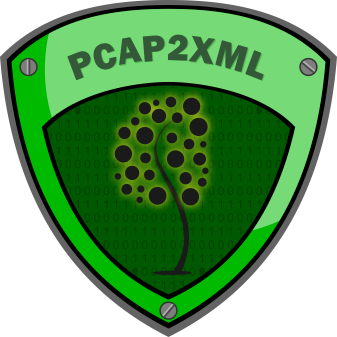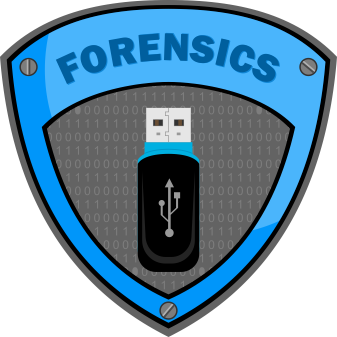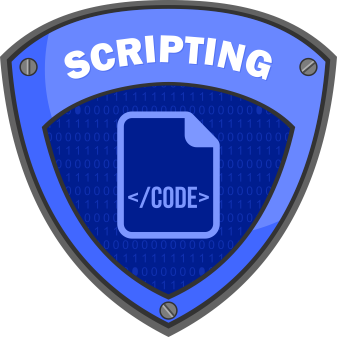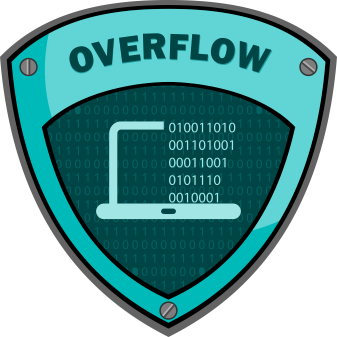 PCAP2XML is a tool suite which takes 802.11 PCAP trace files as input and can convert them into XML or SQLITE representations. This allows a pentester to run arbitrary queries on the packet header fields.
PCAP2XML is a tool suite which takes 802.11 PCAP trace files as input and can convert them into XML or SQLITE representations. This allows a pentester to run arbitrary queries on the packet header fields.
All of us have heard about or used Hacker Gadgets like the WiFi Pineapple, Minipwner, Pwn Plug, R00tabaga etc. They are fantastic to use for demos, in social engineering tasks, explaining security implications in a fun way to non security professionals and in actual pentest task automation! but what does it take to build one? In this course, we will teach you how to build a Hacker Gadget (or Pentest Gadget if you prefer 😉 ) for less than $50 from scratch. How much technical expertise do you need to follow this course? – if you’ve installed Linux and ever configured an Access Point, you will feel right at home!






 In this course we will learn how to create Wi-Fi Pentesting tools – sniffer and packet injectors using Python. We will look at both using libraries like scapy and working with raw sockets.
In this course we will learn how to create Wi-Fi Pentesting tools – sniffer and packet injectors using Python. We will look at both using libraries like scapy and working with raw sockets. In this course, we will look at how to exploit Simple Buffer Overflows on Win32 systems. This is an introductory course and starts from the very basics of exploitation and is beginner friendly. We will be taking over 10+ real world and staged application examples to illustrate the concepts. It is important to note that this introductory course will be looking at exploitation of buffer overflows in the absence of exploit mitigation techniques such as DEP and ASLR. We will be creating separate courses for these once we finish the basic courses.
In this course, we will look at how to exploit Simple Buffer Overflows on Win32 systems. This is an introductory course and starts from the very basics of exploitation and is beginner friendly. We will be taking over 10+ real world and staged application examples to illustrate the concepts. It is important to note that this introductory course will be looking at exploitation of buffer overflows in the absence of exploit mitigation techniques such as DEP and ASLR. We will be creating separate courses for these once we finish the basic courses.